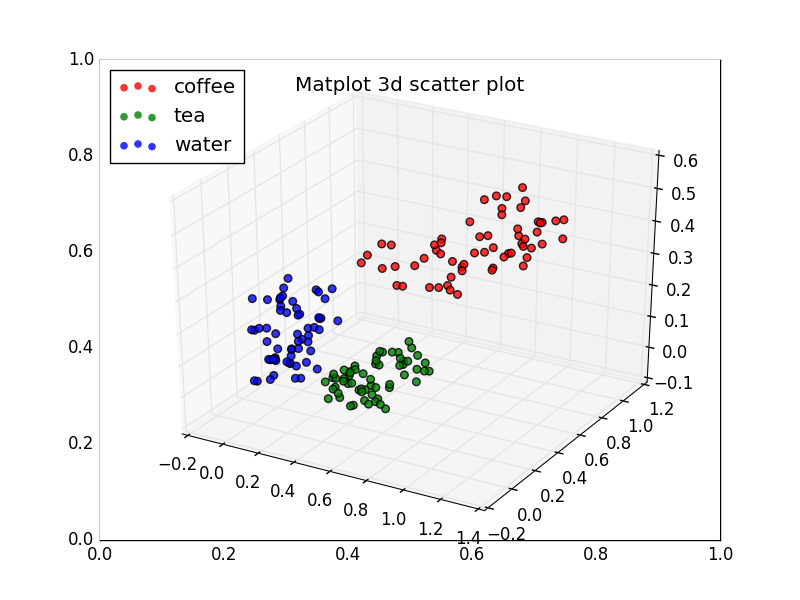


To help you keep all of that straight, I will use lowercase variables for 1d arrays ( x, y) and uppercase variables ( X, Y) for 2d arrays. The different functions in SciPy work with a range of different 1d and 2d arrays. Plot the approximate function on a finer grid that the original dataset.Compute numerical derivatives or integrals.Use the function in other calculations that require an actual function.The syntax for scatter () method is given below: (xaxisdata, yaxisdata, sNone, cNone, markerNone, cmapNone, vmin. Scatter plots are widely used to represent relation among variables and how change in one affects the other. Evaluate the function at other points not in the original dataset. The scatter () method in the matplotlib library is used to draw a scatter plot.Once you have performed interpolation you can: It cannot tell you the analytical form of the underlying function.

It cannot accurately construct the function's approximation outside the limits of the original points.Because of this, interpolation has limitations: It is important to note that unlike curve fitting or regression, interpolation doesn't not allow you to incorporate a statistical model into the approximation. Interpolation is a numerical technique that enables you to construct an approximation of the actual function from a set of points: What if we only know the value of the function at a limited set of points, and don't know the analytical form of the function itself? This is common when the data points come from a set of measurements. In this case we know the actual function ($\sin(x)$). Plt.This plot shows that the points in this numerical array are an approximation to the actual function as they don't have the function's value at all possible points. # Set up a regular grid of interpolation points You thus need to interpolate your data first: import numpy as np from scipy.interpolate import griddata import matplotlib.pyplot as plt import numpy.ma as ma from numpy.random import uniform, seed make up some randomly distributed data seed(1234) npts 200 x uniform(-2,2,npts) y uniform(-2,2,npts) z xnp.exp(-x2-y2) define grid. so the Max colour only appears in one of the images and does not correspond to my Z max value in each single image. I want that my Z max value to be always the same in colour in the interpolation colour. The problem is the scale changes all the time as the Z max value always corresponds to the highest colour. import numpy as np import pandas as pd from matplotlib.mlab import griddata from mpltoolkits.basemap import Basemap, interp import matplotlib as mpl import. It is a most basic type of plot that helps you visualize the relationship between two variables. One other factor is the desired smoothness of the interpolator. The choice of a specific interpolation routine depends on the data: whether it is one-dimensional, is given on a structured grid, or is unstructured. I am trying to build the same plot for several timeframes, lets say one for min 1 the other for min 2 and a third for min 3. Scatter plot is a graph in which the values of two variables are plotted along two axes. There are several general facilities available in SciPy for interpolation and smoothing for data in 1, 2, and higher dimensions. I have the X, Y coordinates and the Z values. I want to plot a 2D scatter interpolation of some sensor data.


 0 kommentar(er)
0 kommentar(er)
